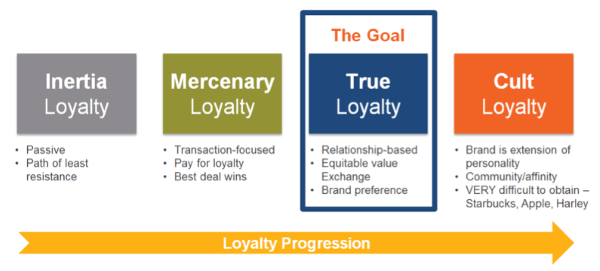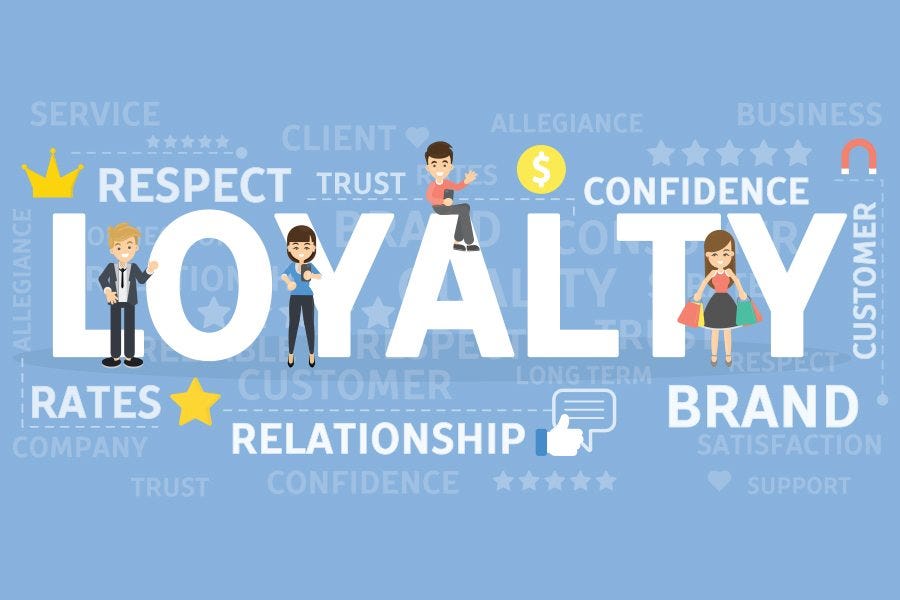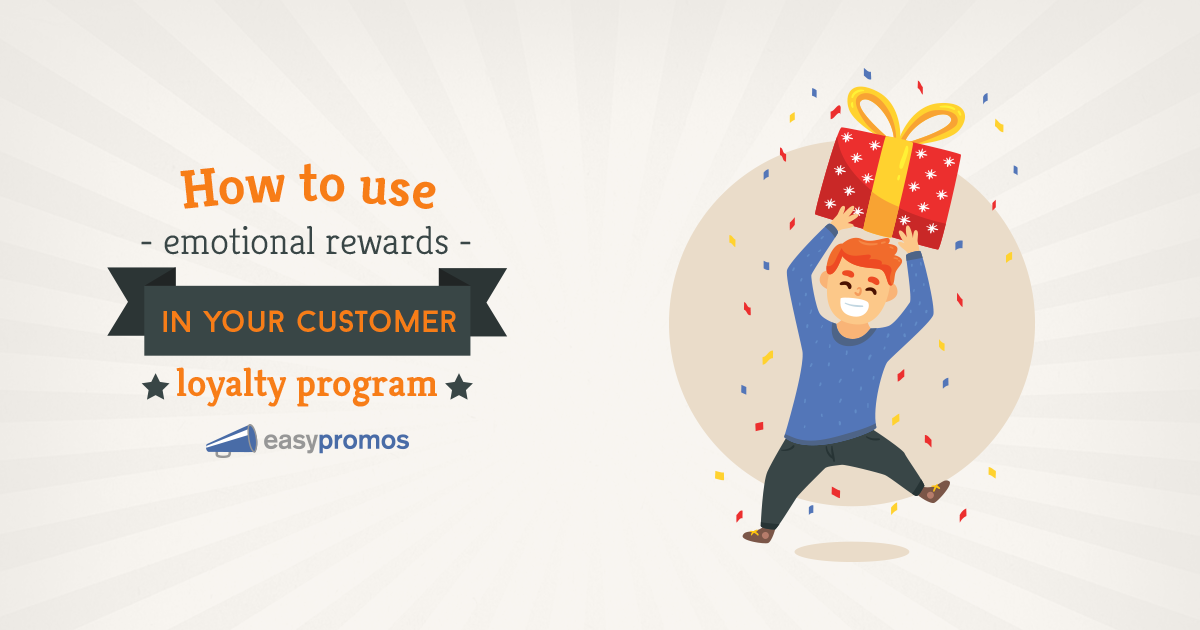All Categories
Featured
Table of Contents
In 76901, Ezra Rosario and Paige Dickson Learned About Online Sales

What if you could grow your organization without increasing your spending? In truth, what if you could really reduce your spending but increase your sales, every year? Would you do it? If you're a business owner, then you'll likely offer a resounding 'yes', a basic response to an even easier question.
A benefits program tracks and benefits certain costs habits by the client, supplying special benefits to faithful consumers who continue to shop with a specific brand name. The more that the consumer spends in the shop, the more advantages they get. With time, this reward develops devoted customers out of an existing consumer base.

Even if you currently have a benefit program in location, it's an excellent concept to dig in and fully comprehend what makes client loyalty programs work, in addition to how to implement one that costs you little cash and time. Do not fret, I'll help you with that. I'll break down the primary advantages of a commitment program and the best ways to produce devoted clients.
Let's dig in. Consumer commitment is when a customer go back to work with your brand over your competitors and is largely influenced by the positive experiences that the client has with your brand. The more favorable the experience, the more most likely they will go back to patronize you. Consumer loyalty is exceptionally essential to services due to the fact that it will assist you grow your service and sales faster than a basic marketing plan that focuses on hiring new customers alone.
A few methods to determine client commitment consist of:. NPS tools either send out a brand efficiency study via email or ask consumers for feedback while they are visiting an organization's site. This information can then be used to much better understand the probability of client commitment. A repurchase ratio determines the ratio of repeat purchasers versus one-time purchasers.
Customer commitment index (CLI). The CLI tracks client commitment in time and is similar to an NPS study. Nevertheless, it takes into account a few additional elements on top of NPS like upselling and repurchasing. These metrics are then utilized to examine brand commitment. A customer commitment program is a marketing method that rewards customers who make purchases and engage with the brand on a continued basis.
Client rewards programs are designed to incentivize future purchases. This motivates them to continue working with your brand name. Client loyalty programs can be set up in various ways. A popular client loyalty program benefits consumers through a points system, which can then be invested on future purchases. Another kind of customer commitment program might reward them with member-exclusive benefits or complimentary gifts, or it might even reward them by donating cash to a charity that you and your consumers are mutually enthusiastic about.
In Akron, OH, Quinn Gould and Dustin Ray Learned About Target Market
By providing benefits to your consumers for being loyal and encouraging, you'll construct a rapport with them, deepening their relationship with your brand name and ideally making it less likely for them to change to a competitor. You've likely seen consumer commitment programs in your own shopping experience, whether at your preferred cafes or your most frequented grocery shops.
But even if everybody is doing it does not mean that's a good adequate reason for you to do it too. The better you understand the advantages of a client rewards program, the more clearness you will have as you produce one for your own shop. You will not be distracted by interesting advantages and complicated loyalty points systems.
Keep in mind: work smarter, not harder. Consumer retention is the main benefit of a rewards program that functions as a structure to all of the other advantages. As you offer rewards for your existing client base to continue to buy from your shop, you will offer your shop with a consistent flow of cash month after month.
By growing your retention rate, you can stop investing as much time or cash on increasing your general number of customers. Why is this important? Loyal customers have a higher conversion rate than new clients, implying they are more likely to make a deal when they visit your shop than a brand-new customer.
By increasing your retention rate by just 5 percent, you can increase your earnings by 25 percent and as much as by 95 percent. Needless to state, your retention rate matters. Secret Takeaway: If you want to considerably increase your revenues, provide incentives for your existing customers to continue to shop at your store.
And you won't have to spend money on marketing to get them there. Customer acquisition (aka generating new clients) takes a great deal of effort and money to convince total strangers to trust your brand, pertained to your shop, and try your products. In the end, any money earned by this brand-new customer is eclipsed by all of the cash spent on getting them there.
Key Takeaway: If you desire to decrease costs, concentrate on client retention instead of customer acquisition. When you concentrate on providing a positive personalized experience for your existing customers, they will naturally inform their pals and household about your brand. And with each subsequent transaction, faithful customers will tell even more individuals per transaction.
In Mount Laurel, NJ, Madeline Krueger and Teagan Austin Learned About Subscriber List
The very best part? Since these new consumers originated from trusted sources, they are most likely to develop into loyal consumers themselves, investing more typically than brand-new clients brought in by other marketing efforts. The Chase Ultimate Benefits program, for example, uses major perks for individuals who take a trip a lot.
The 'ultimate benefits' that Chase cardholders get consist of 2x points per dollar invested in all travel purchases as well as primary rental cars and truck insurance coverage, no foreign deal charges, trip cancellation insurance, and purchase protection. For people who travel a lotand have disposable income to do sothere is a massive reward to spend cash through the supreme rewards program.
This whole process makes redeeming benefits something worth extoling, which is exactly what lots of cardholders end up doing. And to help them do it, Chase offers a bonus offer for that too. Key Takeaway: Make it easy for your customers to extol you and they will get the word out about your look for free.
When you get the essentials down, then utilizing a commitment rewards app can help look after the technical information. Here are the steps to get started with developing your consumer loyalty program. No consumer wants to purchase products they don't want or need. The same chooses your loyalty program.
And the only method to customize an alluring client loyalty program is by thoroughly knowing your consumer base. The very best way to do this? By implementing these methods: Build consumer contact info wherever possible. Guarantee your company is constantly building an in-depth contact list that enables you to gain access to existing customers as often and as easily as possible.

Track client behavior. Know what your clients desire and when they want it. In doing so, you can expect their desires and needs and supply them with a loyalty program that will satisfy them. Classify client individual characteristics and preferences. Take a multi-faceted technique, don't restrict your commitment program to simply one avenue of success.
Motivate social networks engagement. Frame strategies to engage with your customers and target audience on social media. They will soon supply you with extremely insightful feedback on your product or services, enabling you to much better understand what they anticipate from your brand. As soon as you have actually worked out who your clients are and why they are working with your brand, it's time to decide which kind of loyalty rewards program will encourage them to remain loyal to you.
In 98607, Madeleine Velasquez and Jaylene Watson Learned About Business Owners
However, the most common client loyalty programs centralize around these main principles: The points program. This type of program concentrates on gratifying consumers for each purchase they make with points in a point system. These points can then either be utilized on future purchases or put towards some form of reward.
The paid program. This type of program needs clients to pay a one-time or yearly charge to join your VIP list. Loyalty members who belong to this list are able to access special benefits or member-exclusive advantages. The charity program. This type of program is a little bit different than the others.
This is achieved by motivating them to do business with the brand name and, in return, their loyalty will be rewarded with a contribution to a charity. The tier program. This type of program focuses on increasing levels of brand commitment. The more faithful a consumer is to a brand, the greater tier they will reach and the much better the benefits they will get.
This type of program is just as it sounds, where one brand name partners with another brand to provide their collective audiences with exclusive member discount rates or offers that they can redeem while doing business with either brand. The community program. This type of program incentivizes brand loyalty by providing its members with access to a similar community of individuals.
This kind of program is relatively similar to paid programs, however, the subscription cost occurs on a regular basis rather than a one-time payment. Next, choose which consumer interactions you want to reward. Base these rewards around which interactions benefit your service the a lot of. For example, to assist your organization out, you can use action-based benefits like these: Reward consumers more when working with your brand name during a slow duration of the year or on an infamously slow day of business.
Reward customers for engaging with your brand on social networks. Incentivize certain items you are trying to move rapidly. Incentivize purchases that are over a specific dollar amount. The idea is to make your customer commitment program as easy as possible for your consumers to utilize. If your customer commitment program isn't staff friendly, isn't easy to track, is too pricey to run, or isn't simple for your clients to use or comprehend, then staff and consumers alike probably won't take benefit of it.
To remove these barriers to entry, consider integrating a client loyalty software that will help you keep on top of all of these elements of your program. Some quality consumer program software include:. CandyBar is a digital punch card program. It works by tracking your customer's purchases through an app on a computer system, phone, or tablet.
In 34990, Tatiana Woodward and Tyrell Duarte Learned About Online Community
Loyalty members can then examine their rewards by means of text and entrepreneur can use the program to contact their customers. Yotpo. Yotpo is a cloud-based customer loyalty platform exclusively for eCommerce services. This software application is especially good at collecting every kind of user-generated content, valuable for customizing a better consumer experience.
Loopy Loyalty is a helpful client commitment software application for companies that predominantly utilize Google Wallet or Apple Pay as their payment platforms. The software application creates a digital loyalty card that sends push alerts to their consumers' phones when they are in close proximity to their brick and mortar store. Once you have actually put in the time to decide which client commitment techniques you are going to implement, it's time to start promoting and registering your very first loyalty members.
Use in-store ads, integrate call-to-actions on your website, send promos through e-mail newsletters, or upload advertising posts on social media to get your clients to join. It is necessary to understand the primary benefits of a client rewards program so that you can produce a customized experience for both you and your consumer.
Believe about it. You understand what kinds of products your clients like to purchase but do you understand what brings them back, day after day, week after week? What makes them pick your shop over the store across the street? What makes them your consumer and not the client of your greatest competitor? Surprisingly, the answers to these questions don't come down to discount costs or quality items.
Table of Contents
Latest Posts
What Is Web Design? The Ultimate Guide To Website Design ... Tips and Tricks:
53 Web Design Tools To Help You Work Smarter In 2022 Tips and Tricks:
Indianapolis Web Design And Digital Marketing Agency Tips and Tricks:
More
Latest Posts
What Is Web Design? The Ultimate Guide To Website Design ... Tips and Tricks:
53 Web Design Tools To Help You Work Smarter In 2022 Tips and Tricks:
Indianapolis Web Design And Digital Marketing Agency Tips and Tricks: